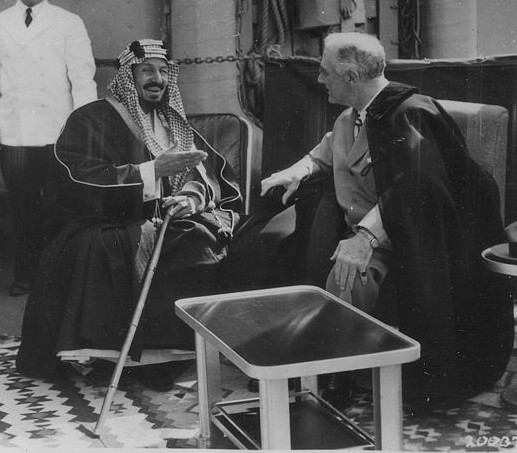
On February 14, 1945, US President Franklin D. Roosevelt met King Abdulaziz of Saudi Arabia onboard the US Navy cruiser USS Quincy in the Great Bitter Lake segment of the Suez Canal. This first face-to-face encounter between top American and Saudi leaders served as the foundation for the longstanding relationship between Washington and Riyadh.
In the nearly 70 years since that historic meeting, the two nations have worked together on a number of bilateral and regional issues, including recent concerns about the crisis in Syria, nuclear proliferation in Iran, counterterrorism, and Middle East peace. Bilateral trade between the US and Saudi Arabia is enormous, with US exports to the Kingdom exceeding $35 billion in 2013. These include direct exports of $19 billion, a 76% increase since 2009.

